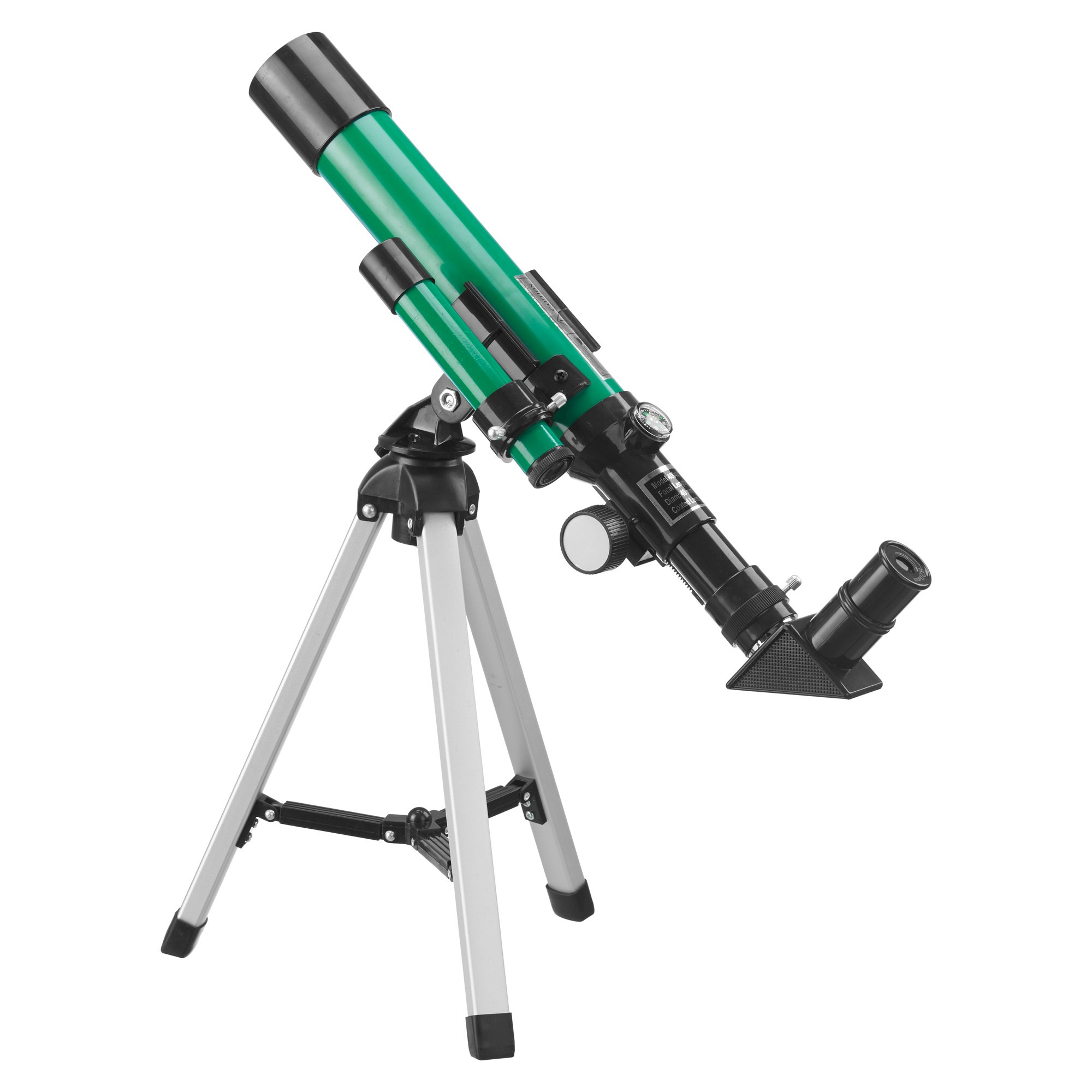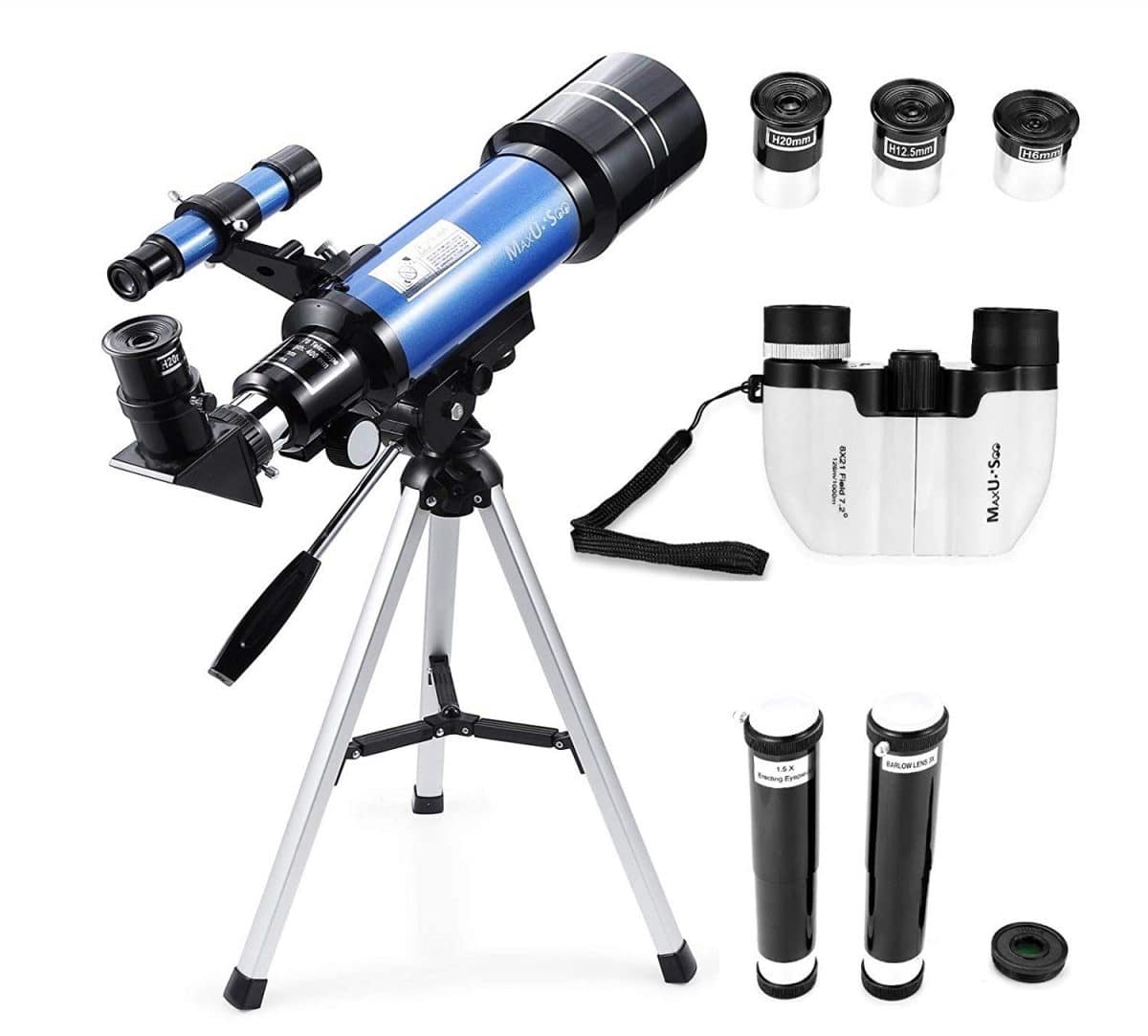

This describes the length between the telescope’s mirror/lens and the focal point of the optical tube. A bigger aperture will let in more light, so it will allow you to see more distant nighttime objects. This refers to the size of the telescope’s mirror/lens. We could spend all day talking about the various functions and features of telescopes, but if you just want a quick rundown on the things that you’ll see mentioned with children’s telescopes, here are the three terms that you’ll want to know: It’s an assistance tool that can help you line up your angles and eye lines properly. A finderscope is a mini-telescope attached to a bigger one.

Different eyepieces have different magnification capabilities, so a lot of telescopes will include multiple eyepieces that you can swap out.

This is the part of the telescope that you actually use for viewing. For kids, you’ll want an adjustable tripod that can accommodate their growing heights. Where it’s a compound, it will have both. If it’s a refractor, it will have a lens if it’s a reflector, it will have a mirror. This is the biggest, most obvious part of a telescope. Most amateur telescopes are built with the same parts: Now that you know the different types of telescopes and what they’re used for, let’s dive into the basics of telescope use. Their only downside is that their professional-level quality also comes with a professional-level price tag, and they might not be suitable for very young children. They can be used for both space and earth objects, and they offer sharp, clear images thanks to a dual combination of lenses and mirrors within their tubes. They’re not as multipurpose as refractors.Īlso known as “catadioptric telescopes,” compound telescopes offer the best of both worlds. They offer great clarity and quality, and they can see distant objects much better than refractors, but the trade-off is that they aren’t ideal for earth viewing. Reflector telescopes use a mirror instead of a lens. – Not strong enough for very distant space objects – Can be used for both space and earth objects If you’re looking for a telescope that you can use for birdwatching after your kid is done stargazing, you’ll want a refractor. It’s basically a long tube attached to a lens, and it can be used for magnifying objects both in the sky and on the ground. This is the most common kind of telescope. They’re usually broken down into three categories: Refractor Telescopes Let’s get started!īefore you can buy the perfect telescope, you’ll need to understand the different types. In fact, with this buying guide, ordering a children’s telescope will be a breeze. You don’t have to be a technical genius to shop around for the best telescopes for kids or cool astronomy gadgets. Instead of reading dry facts about space in their school textbooks, they can turn astronomy into a living subject right before their eyes! If you want to start or nurture your child’s interest in space, consider buying them a telescope. Kids can be especially awed by the power of a telescope.


 0 kommentar(er)
0 kommentar(er)
